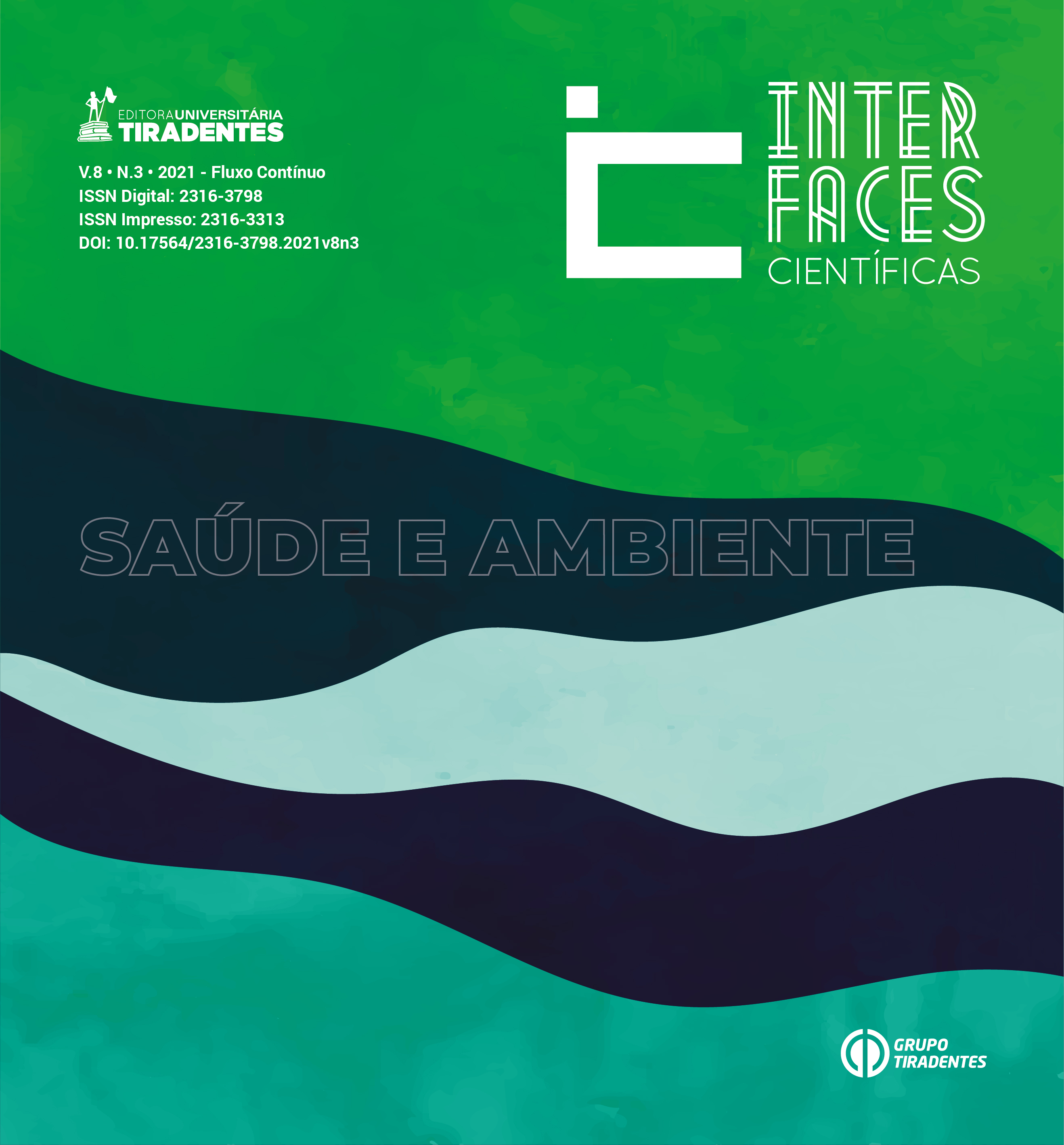DISPERSAL OF ARBUSCULAR MYCORRHIZAL FUNGI BY BATS IN AN URBAN TROPICAL FOREST FRAGMENT
DOI:
https://doi.org/10.17564/2316-3798.2021v8n3p458-469Publicado
Downloads
Downloads
Edição
Secção
Licença
Autores que publicam nesta revista concordam com os seguintes termos:
a. Autores mantêm os direitos autorais e concedem à revista o direito de primeira publicação, com o trabalho simultaneamente licenciado sob a Licença Creative Commons Attribution que permite o compartilhamento do trabalho com reconhecimento da autoria e publicação inicial nesta revista.
b. Autores têm permissão e são estimulados a distribuir seu trabalho on-line (ex.: em repositórios institucionais ou na sua página pessoal), já que isso pode gerar aumento o impacto e a citação do trabalho publicado (Veja O Efeito do Acesso Livre).
Resumo
Associations of arbuscular mycorrhizal fungi (AMF) and plant species may occur in terrestrial and air environments and need an effective dispersal, which occurs mainly by biotic vectors. Studies on the influence of flying animals on this dispersal are scarce, thus, this study aimed to investigate the role of bats in AMF propagule dispersal and the most frequent means of transport. Analyses were performed in dorsoventral hairs and feces of bats in an urban tropical forest fragment in southern Brazil, from April to September 2018. The results were negative for the presence of spores in the hair, but spores of Glomus invermaium and Acaulospora scrobiculata were detected in feces of two bat species, evidencing that they can act as secondary spore dispersers. Efficient dispersal depends on the range extension of the dispersing species, so bats can be important dispersers of AMF, since they have the ability to fly and travel long distances.




















